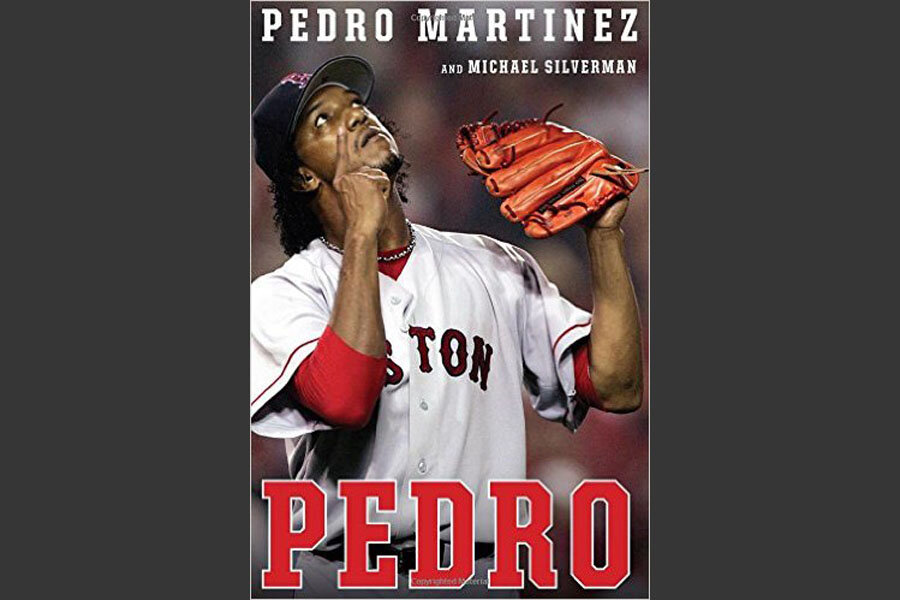Really now, how many baseball players could get away with writing an autobiography using just a first name as a title? Pedro Martinez figured he could do so. After all, he won three Cy Young Awards as his league’s best pitcher, and entered the Hall of Fame this summer. Coming out of the Dominican Republic as a scrawny prospect, few could have imagined him achieving such success. But Martinez was fiercely determined, had a whip-like delivery that produced great ball movement, and was not afraid to pitch inside. “Pedro” follows his rise from playing as a boy using primitive equipment to the peak of his professional career, spent with the Boston Red Sox between stops with four other teams.
Here’s an excerpt from Pedro:
“As a pitcher, a start for me began each time my last one ended."
“I would let my body recover for a couple of days – no throwing, just running. On a treadmill tucked into the home clubhouse at Fenway, I’d jog along to my Dominican music and watch, with the sound off, video of a succession of pitchers our video coordinator, Billy Broadbent, had dug up for me. I was more interested in what worked for other pitchers than in what worked for the hitters, so I would look for recent film of pitchers whose style was similar to mine and who also threw hard – Tim Hudson, Johan Santana, Roger Clemens – and see how they had fared against the team I’d be facing next."
“It didn’t matter if a hitter was a lefty or a righty, it was simply a question of speed: could he catch up to my fastball? If a hitter was going to be late against the fastballs from any of those three pitchers, he would be late against mine too."







